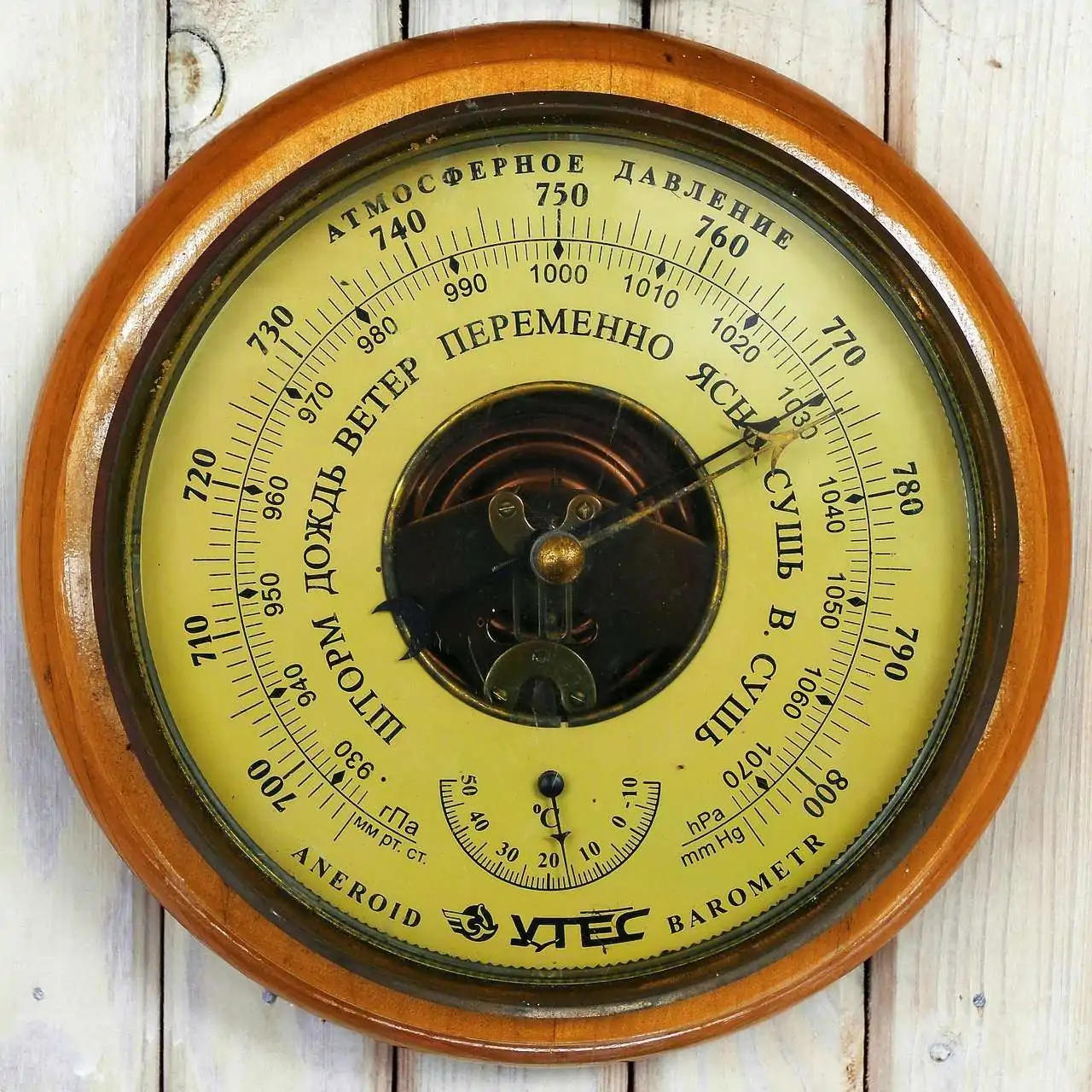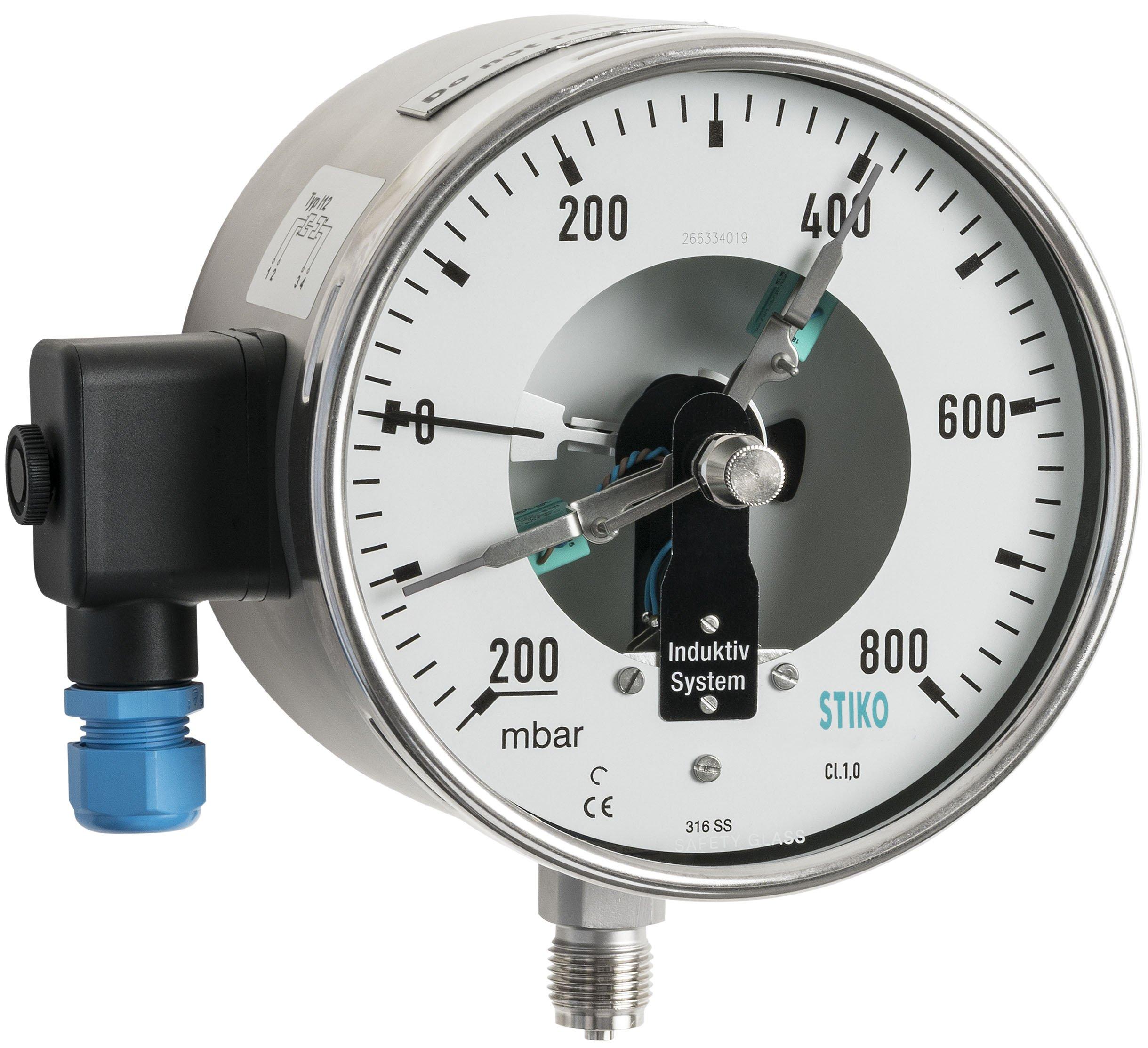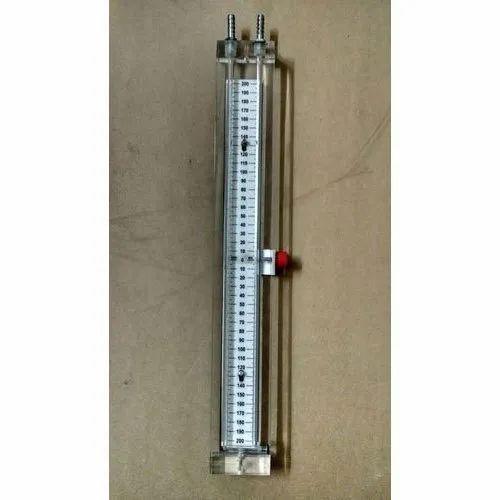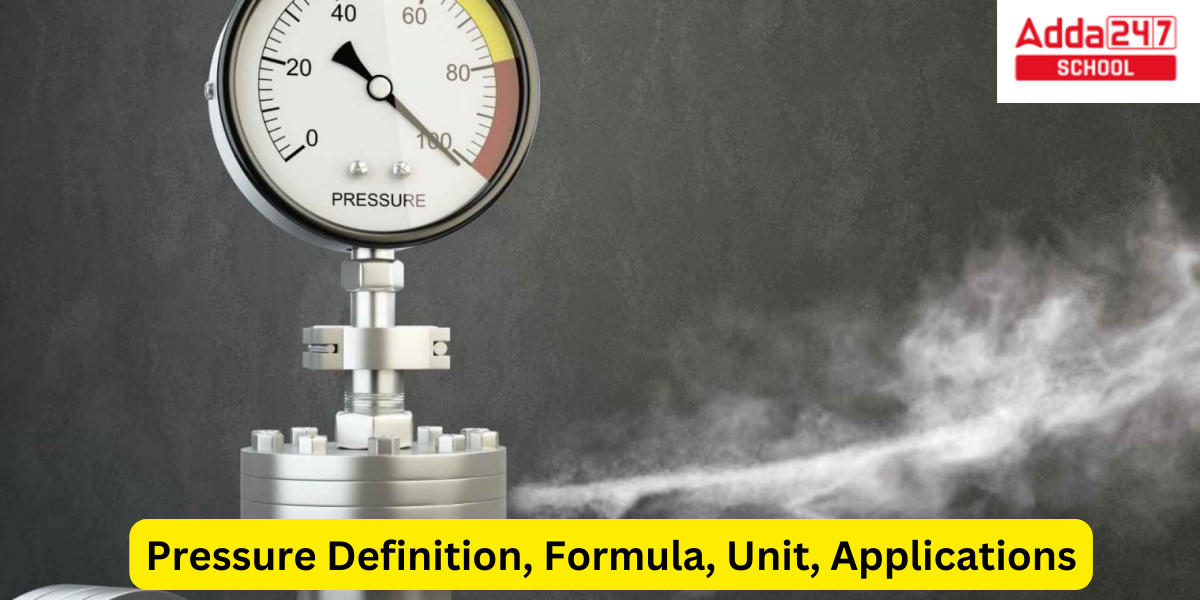What is Pressure?
Pressure is a fundamental concept in physics and engineering, which plays a crucial role in many fields, ranging from weather forecasting to the design of buildings, machines, and vehicles. In this article, we will discuss what pressure is, how it is measured, and some of its applications.
Pressure Definition
Pressure is a fundamental physical quantity that is used to describe a wide range of phenomena in science and engineering. The unit of pressure is the Pascal, which is defined as one Newton per square meter. Other common units of pressure include the bar, atmosphere, and millimeter of mercury. The measurement of pressure can be done using various instruments, such as manometers, pressure gauges, and pressure transducers. Accurate measurement of pressure is essential in many applications, including industrial processes, medical diagnosis, and weather forecasting.
Pressure is defined as the force per unit area. It is a fundamental physical quantity that is used to describe a wide range of phenomena, from the behavior of gases to the motion of fluids. Pressure is expressed in units of force per unit area, which can be derived from the basic units of mass, length, and time.
Formula of Pressure
Pressure is defined as the force per unit area applied perpendicular to a surface. In other words, it is the amount of force applied to an object divided by the area of that object. Mathematically, pressure can be expressed as:
| P = F / A |
where P is the pressure, F is the force applied, and A is the area on which the force is applied. The SI unit of pressure is the Pascal (Pa), which is defined as one Newton per square meter (N/m²).
Exertion of Pressure
Pressure can be exerted by any type of material, whether it be a solid, liquid, or gas. For example, the weight of the atmosphere exerts pressure on the surface of the earth, which is known as atmospheric pressure. The pressure of a liquid is also known as hydrostatic pressure and depends on the depth of the liquid and the density of the liquid.
Measurement of Pressure
The measurement of pressure can be done using various instruments, such as manometers, pressure gauges, and pressure transducers. Manometers are simple devices that use a liquid column to measure the pressure of a gas or fluid. They consist of a U-shaped tube filled with a liquid such as mercury or water. The pressure of the gas or fluid is measured by the difference in height of the liquid column in the two arms of the U-tube.
Pressure gauges are more sophisticated devices that use a mechanical or electronic sensor to measure pressure. They are commonly used in industrial applications to monitor the pressure of fluids in pipelines, tanks, and other systems. Pressure transducers are electronic devices that convert pressure into an electrical signal, which can be measured and recorded using a computer or other data acquisition system.
How is Pressure Measured?
There are several ways to measure pressure, depending on the application and the range of pressure being measured. Some of the most common methods include:
Mercury Barometer:
A barometer is a device used to measure atmospheric pressure. A mercury barometer consists of a glass tube filled with mercury that is inverted into a dish of mercury. The height of the mercury column in the tube is directly proportional to the atmospheric pressure.

Bourdon Tube Gauge:
This type of gauge is commonly used to measure pressure in pipes and tanks. It consists of a curved metal tube that is flattened on one end and connected to the system being measured. When pressure is applied, the tube straightens out, and the movement is transferred to a dial indicator.

Manometer:
A manometer is a device used to measure pressure of gases and low-pressure liquids. It consists of a U-shaped glass tube partially filled with a liquid such as water, mercury or oil. The difference in height between the two columns of liquid is proportional to the pressure difference between the two points being measured.

Unit of Pressure
The SI unit of pressure is the Pascal (Pa), which is defined as one Newton per square meter. This means that the pressure exerted by a force of one Newton over an area of one square meter is equal to one Pascal. The Pascal is named after the French mathematician and physicist Blaise Pascal, who made significant contributions to the study of fluids and pressure in the 17th century.
In addition to the Pascal, there are several other units that are commonly used to express pressure. These include the bar (1 bar = 10^5 Pa), the atmosphere (1 atm = 101.325 kPa), and the millimeter of mercury (1 mmHg = 133.322 Pa). These units are often used in different contexts depending on the application.
For example, the bar is frequently used in engineering and industry to measure the pressure of fluids in pipelines and other systems. The atmosphere is commonly used in meteorology to describe the atmospheric pressure at a particular location, while the millimeter of mercury is often used in medical contexts to measure blood pressure.
Applications of Pressure
Pressure plays an essential role in many fields, including:
Weather Forecasting:
Atmospheric pressure is a critical factor in weather forecasting. Low-pressure systems are often associated with storms and precipitation, while high-pressure systems generally bring clear skies and dry weather.
Engineering:
Pressure is an essential factor in designing and operating machines and structures, such as hydraulic systems, pipelines, and dams. Engineers use pressure measurements to ensure that these systems are operating within safe and efficient parameters.
Medical Science:
Blood pressure is a measure of the force of blood against the walls of arteries. Abnormal blood pressure can be an indication of a range of health issues, including hypertension, which can lead to heart disease and stroke.
Industrial Processes:
Pressure is used in a wide range of industrial processes, such as compressing gas for storage and transportation, shaping metals and plastics, and cleaning surfaces with high-pressure water jets.
Pressure: A Fundamental Concept of Physics
In summary, pressure is a fundamental concept in physics and engineering, which is used in a wide range of applications. It is defined as the force per unit area applied perpendicular to a surface, and can be measured using various devices, such as barometers, gauges, and manometers. Understanding pressure is critical for designing and operating machines, structures, and processes in a safe and efficient manner.
Force Formula Physics- Definition, Examples for Class 10









 Try CUET College Predictor 2025 to Predi...
Try CUET College Predictor 2025 to Predi...
 CUET Result 2025 OUT (Today) @cuet.nta.n...
CUET Result 2025 OUT (Today) @cuet.nta.n...
 Why the Delay in CUET UG 2025 Results? C...
Why the Delay in CUET UG 2025 Results? C...









